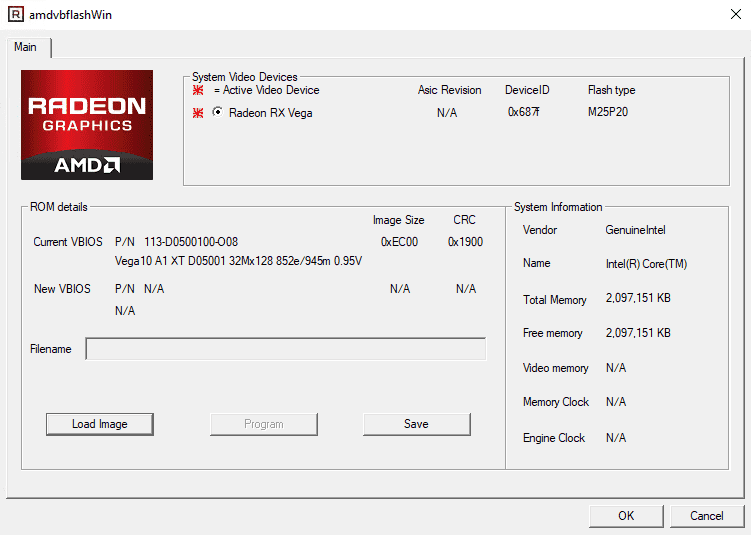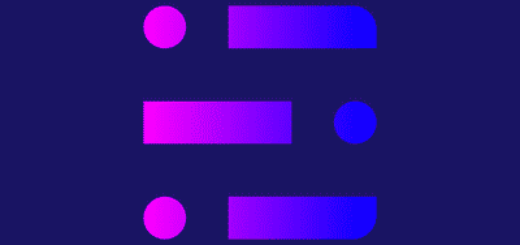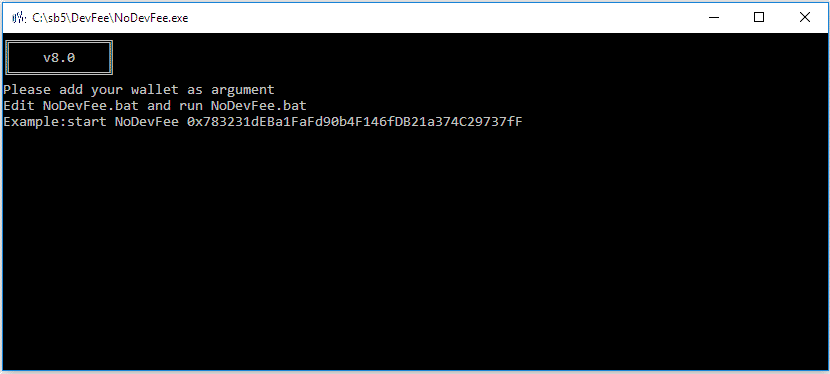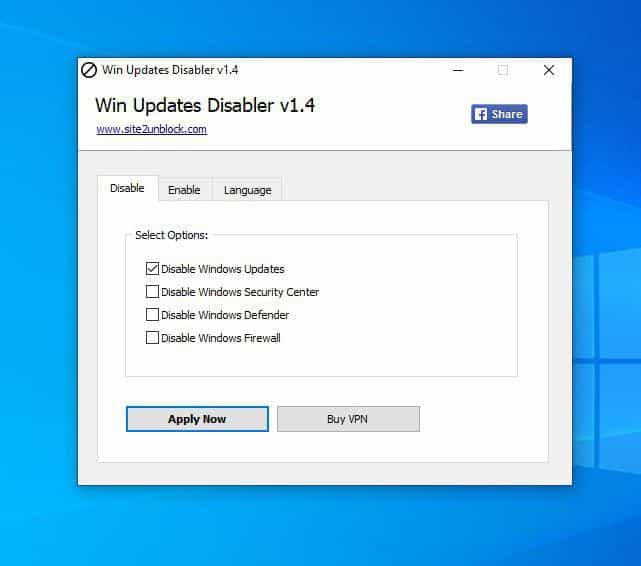What is Etherium and how does it work?
What is Ethereum and how does it work?
Ethereum is one of thousands of cryptocurrencies that have emerged over the past few years. Ethereum debuted in 2015 as the brainchild of 8 co-founders. The cryptocurrency or platform is called Ethereum, and the single unit is called ether (2 ether, 17 ether, etc.).
Ethereum runs on a decentralized computer network or distributed ledger called a blockchain, which is used to manage and track money. It may be helpful to think of the blockchain as a running receipt for every transaction that takes place in cryptocurrency. Computers on the network verify transactions and ensure data integrity.
This decentralized network is part of the allure of Ethereum and other cryptocurrencies. Users can exchange currencies without the need for a central intermediary such as a bank, and the absence of a central bank means the currency is almost autonomous. Ethereum also allows users to conduct transactions almost anonymously, even if the transactions are public on the blockchain.
While the entire area is referred to in terms of currency, it may be more useful to think of a cryptocurrency as a token that can be used for a specific purpose supported by the Ethereum platform. For example, coins allow you to send money or buy and sell goods. But Ethereum can do much more and can also be the basis for smart contracts and other applications.
What does Ethereum do?
Ethereum can power a number of applications offering a wide range of functions:
Currency | With a cryptocurrency wallet, you can send and receive ether or pay for goods and services if digital currency is accepted as a payment method. Some platforms, like Coinbase, even let you store your coins in digital wallets, so theoretically you could make them less vulnerable to hackers. |
Smart contracts | A smart contract is a permissionless application that runs automatically when the terms of the contract are met. |
Digital apps, or dapps | Ethereum supports digital applications that allow users to play games, invest, send money, track portfolios, follow social media, and more. |
Non-fungible tokens | These tokens could be backed by Ethereum and allow artists or others to sell art or other items directly to buyers using smart contracts. |
Decentralized finance | By using Ethereum, some people can avoid centralized (government) control over the flow of money or other assets. |
How Does Ethereum Work?
Unlike externally owned accounts, contract accounts cannot initiate new transactions on their own. Instead, contract accounts can only trigger transactions in response to other transactions they receive (either from an external account or from another contract account). We’ll learn more about calls between contracts in the Transactions and Messages section.

Ether and Ethereum: What’s the Difference?
Ethereum needs fuel like a plane. Ether can be thought of as the fuel for Ethereum. Like regular oils, ether can also be bought and sold. The price of ether also fluctuates according to the laws of supply and demand. In a technical sense, Ethereum is an incentive for developers and miners to keep the Ethereum network efficient and secure. Ether is not infinite. Although it is a computer program, it cannot be copied indefinitely. So, if someone tells you they invested in Ethereum, that means they bought Ethereum. The main difference between Ethereum and Ethereum is that Ether is the fuel used to power the grid whereas Ethereum refers to the grid. While Ethereum is not exactly a fuel, it is the exact purpose of the Ethereum network.
- Don’t buy or sell ether, buy or sell ether.
- Ethereum is a blockchain-based programmable software platform. Ether is the cryptocurrency asset that runs the Ethereum network.
- While Ethereum has multiple applications, Ethereum has only one application, which is to provide blockchain operations.
Ethereum Benefits

Ethereum is intended to be minimal expense, open, adaptable, and reasonable for multi-party joint effort. As far as information coordination, Ethereum works similar as a disseminated record, however it additionally has novel layers in its engineering that fortify and set out new open doors for business frameworks. For the individuals who need a more inside and out check out the different abilities, our convention business engineer Brent Xu has composed an exceptionally itemized two-section examination among blockchain and disseminated record innovation. Here are the current Enterprise Ethereum highlights:
- Information compromise. Ethereum’s decentralized design better conveys data and trust, so network members don’t need to depend on a focal association to deal with the framework and intervene exchanges.
- Quick sending. With an across the board SaaS stage like Hyperledger Besu, organizations can undoubtedly send and oversee private blockchain networks without coding their blockchain execution without any preparation.
- Permitted networks. ConsenSys Quorum’s open source convention layer permits organizations to construct public or private Ethereum organizations, guaranteeing your answer follows any potential administrative and security prerequisites.
- Network size. Mainnet demonstrated that the Ethereum organization can deal with many hubs and a huge number of clients. Most venture blockchain contenders just use networks with less than 10 hubs, and there are no reference instances of broad and feasible organizations. The size of the organization is basic for a consortium of endeavors, and it will definitely surpass a couple of hubs.
- Private exchanges. Organizations can accomplish fine-grained protection in Ethereum by shaping private consortia with private exchange levels. In the ConsenSys Quorum, individual data is never imparted to organize individuals. Private information is encoded and just communicated straightforwardly to the gatherings in question.
Ethereum Disadvantages
Let’s now discuss some disadvantages of Ethereum-based tokens:
- Instability: The Ethereum blockchain is still undergoing many changes; this also includes moving the consensus method from a PoW system to a PoS system.
- Reliability: ERC20 tokens or any other token is based on and built on Ethereum. This poses a threat because Ethereum itself undergoes frequent changes in most cases.
- Hard Forks: Dependency on another blockchain means that hard forks can cause unforeseen problems.
- Sovereignty: Since the tokens are based on the Ethereum blockchain, there is no say in the future development of these tokens. The decision to choose ERC20 should be based on the application and use case.
How to Buy Ethereum

- Determine the trading platform
As the basis for any trade, it is important to identify the best trading platform for your needs. There are multiple options when it comes to cryptocurrencies, with some of the leading platforms including Coinbase, Kraken, Bitstamp, Gemini, Binance, and Bitfinex. All of these exchanges offer Ethereum.
- Create an account
Once you have chosen the trading platform that suits your needs, the next step is to open an account. The process is similar to opening an account on a brokerage platform. You will need to provide your name, address, social security number, designated identification, etc. Once you feel confident with the site, the account opening process can usually be completed quickly.
- Deposit coins
Then, you need to deposit the currency into your account. For fiat currency platforms, this may be relatively easy after verifying your payment information. Simply top up from your bank account or debit card on file. Cryptocurrency exchanges usually don’t have high minimum investment, so you can invest anywhere from $5 to $1,000 or more. Most exchanges charge transaction fees, so it’s best to make a lot of trades at once.
- Start trading
Using a verified account and depositing funds into it, you will be able to start buying Ethereum and other cryptocurrencies through exchanges. Each exchange has an interface that works slightly differently, but be prepared to confirm transactions and then allocate processing time, which may also depend on the total number of transactions requested.
- Withdraw ETH to wallet
After purchasing ETH through an exchange, you can withdraw the currency to a bank account or wallet that you control. Fiat exchanges can easily withdraw ETH by simply selling and sending the proceeds to your bank account. C2C platforms take longer. On a C2C platform, you need to transfer your ETH to a fiat exchange and then sell it to cash out. On all platforms, you also have the option to send ETH to a wallet.
Should You Buy Ether?
If you want to speculate on Ethereum, simply buy and trade the cryptocurrency on popular exchanges like Robinhood or Binance.US. You have access to the market 24 hours a day and you will have good liquidity, which means you can trade without changing the price. Profit calculation is also simple: when you sell coins for more than you paid, you make a profit.
If you’re thinking about mining Ethereum, you have to think like a business owner. You will have to invest a lot of money in mining equipment in order to produce cryptocurrency, and then you will have to spend expensive electricity to mine it. You’ll want to check these numbers to see if it makes economic sense for you to make your initial investment and keep your business running. That is, you want to earn coins that are more valuable than you paid to mine them. As Ethereum’s verification system changes, potential miners need to ensure that profits remain.
After all, buying Ethereum is easier and requires less effort than mining. Cryptocurrency mining can be potentially profitable, but you need to see if the numbers are valid.
Ethereum Mining
Mining is the process of creating blocks of transactions that will be added to the Ethereum blockchain.
Ethereum, like Bitcoin, currently uses a proof-of-work (PoW) consensus mechanism. Mining is the lifeblood of proof-of-work. Ethereum miners—computers that run software—use their time and processing power to process transactions and create blocks.

What is Ethereum 2.0 (Eth2)?
Ethereum 2.0, also known as Eth2 and Serenity, is the first update to the existing Ethereum Classic blockchain, designed to increase the speed, efficiency and scalability of the Ethereum network, as well as improve the security and resilience of the network . If you already own ETH, don’t worry; you have nothing to do; the ETH 2.0 update is happening behind the scenes, and holders should never know the difference.
Eth-1.0 users have found bottlenecks and still need to increase the number of possible transactions per second (currently from 15 to 45). Two major structural changes to Eth2:
- Proof of Stake is the consensus mechanism that mediates the ETH blockchain, called a validator, which looks at ongoing transactions, not the work of Ethereum Proof of Work miners. Validators are required to issue 32ETH bonds to prevent misconduct.
- Split – splits the blockchain into segments (multiple blockchains). Splits increase efficiency because validators will maintain information about their own splits. Validators will also shuffle between shards to avoid manipulation and improve security, and communication between shards will be done using the beacon chain.
The future of Ethereum
The Ethereum blockchain is upgraded to Ethereum 2.0 in 2021, and the project will continue until 2022. The London hard fork or split, which introduced token burns in August, is expected to support the value of ETH tokens by reducing supply as usage grows.
The Altair update went live on mainnet on October 27th. An upgrade to the Ethereum beacon chain is testing the transition to proof-of-stake (PoS) block mining. The Ethereum main chain will merge with the Beacon chain in 2022 to complete the Ethereum 2.0 upgrade.
The Arrow Glacier network upgrade, which will take effect on December 8, will delay the “difficulty bomb,” or increase in mining difficulty, until the blockchain moves from proof-of-work (PoW) mining to PoS in June 2022. Proof of Work is the blockchain consensus algorithm used by Bitcoin. It validates block transactions and mines new coins by performing complex cryptographic calculations. PoS verifies transactions using validators who place coins on the network using less computing power and electricity.
Ethereum vs Bitcoin
While the Bitcoin and Ethereum networks depend on disseminated records and cryptography, they are actually unmistakable. For instance, an exchange on the Ethereum organization might contain executable code, while information joined to an exchange on the Bitcoin network is typically just utilized for comments. Different contrasts incorporate square time (Ether exchanges are affirmed in a moment or two, while Bitcoin is in minutes) and the calculations they run on: SHA-256 for Bitcoin and Ethash for Ethereum.
Both Bitcoin and Ethereum right now utilize an agreement convention called Proof of Work (PoW), which permits hubs of their particular organizations to settle on the condition of all data recorded on their blockchains and forestalls specific kind of monetary assault. In 2022, as a component of the Eth2 redesign, Ethereum will move to an alternate framework called Proof of Stake (PoS), a bunch of interconnected overhauls that will make Ethereum more adaptable, secure and strong. The principle analysis of evidence of-work is that it is very energy-serious because of the figuring power required. Confirmation of-stake replaces figuring power with marking, lessens energy force, and replaces excavators with validators, who hold their digital money for the capacity to make new squares.

History of Ethereum
Ethereum was initially portrayed by Bitcoin Magazine developer and fellow benefactor Vitalik Buterin in a white paper in late 2013 determined to construct decentralized applications. Buterin contended to Bitcoin Core designers that Bitcoin and blockchain innovation could profit from applications past cash, and they required an all the more impressive language to foster advances that could prompt actual resources like stocks and land joining the blockchain. application. In 2013, Buterin momentarily worked together with eToro CEO Yoni Assia on the Colored Coin project and delivered a white paper laying out other use cases for blockchain innovation. Nonetheless, incapable to settle on the advancement of the task, he proposed the improvement of another stage with an all the more remarkable prearranging language – a Turing-complete programming language – that would ultimately become Ethereum.
Ethereum was declared at the North American Bitcoin Conference in Miami in January 2014. During the meeting, Gavin Wood, Charles Hoskinson and Anthony Di Iorio (who supported the undertaking) leased a house in Miami with Buterin to all the more likely get what Bitcoin is. Ethereum might turn into. Di Iorio acquired companion Joseph Lubin, who carried columnist Morgen Peck to affirm. Pike then, at that point, expounded on the involvement with Wired. A half year after the fact, the originators met again at a house in Zug, Switzerland, where Buterin let the authors know that the venture would go on as a not-for-profit. At that point, Hoskinson left the venture and presently established IOHK, the blockchain organization liable for Cardano.
FAQ
What is an Ethereum smart contract?
Smart contract is simply programs that sudden spike in demand for the Ethereum blockchain. It is a bunch of code (its capacity) and information (its state), situated at a particular location on the Ethereum blockchain. Savvy agreements can characterize controls very much like typical agreements and execute them consequently through code.
What is an Ethereum account?
An Ethereum account is a substance that has an Ethereum (ETH) balance and can send exchanges to Ethereum. Records can be constrained by clients or utilized as shrewd agreements.
What is an Ethereum transaction?
An Ethereum exchange alludes to an activity started by an outside account, all in all a record oversaw by an individual, not a record oversaw by an agreement. Assuming that the record is an agreement, the exchange executes the agreement code) signature – shipper ID.
How can I pay for transactions on Ethereum?
Gas alludes to the calculation expected by miners to deal with exchanges. Clients need to pay for this estimation. The gasLimit and maxPriorityFeePerGas boundaries decide the greatest exchange expense paid to miners.
Where can I get Ether, and where do I store it?
ETH and different coins are put away in digital currency wallets. You can contrast a wallet with a financial balance. This is the place where you keep your assets; this is the place where you get coins and spend coins.
How does Ethereum work for applications?
Ethereum is a decentralized blockchain stage that makes a distributed organization that safely executes and checks application code called savvy contracts. The shipper should sign the exchange and spend Ether, Ethereum’s local digital money, as the expense of handling the exchange on the organization.
What does signing a transaction mean?
Exchange marking is another security step that controls and approves exchange accreditations by utilizing advanced security keys or security keys to produce one-time check codes for individual exchanges.
How can I deploy a smart contract on Ethereum?
You want to convey your brilliant agreement so clients of the Ethereum organization can utilize it. To convey a savvy contract, you essentially send an Ethereum exchange containing the arranged shrewd agreement code without indicating a beneficiary.
What is a hard fork in Ethereum?
A hard fork (or hard fork) related with blockchain innovation is a central change in network convention that makes squares and exchanges that were already invalid substantial, as well as the other way around. A hard fork requires all hubs or clients to refresh the convention programming to the most recent variant.



















